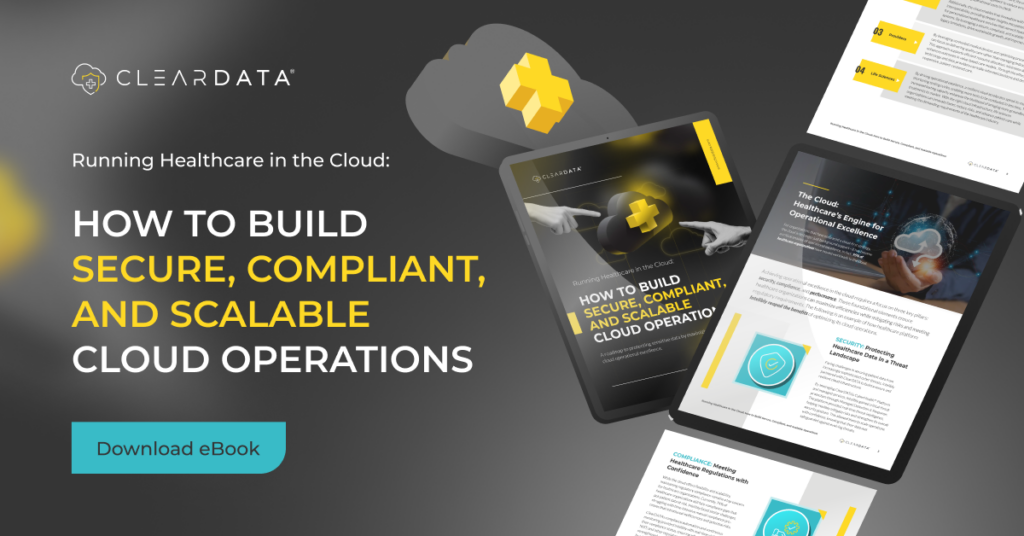Data Breaches on the Rise
As someone who works in healthcare, you’ve seen the risk of stolen or exposed sensitive health information or PHI. From January to December of 2020, there were 461 reportable incidents on the OCR portal, affecting nearly 23 million records. As one example of a recent breach, the OCR announced Anthem[i] had agreed to pay $16 million in a record HIPAA settlement stemming from the largest U.S. health data breach in history, exposing the electronic protected health information of almost 79 million people. The OCR’s final settlement of last year was a fine to Cottage Health for $3 million after two data breaches in the previous five years.


